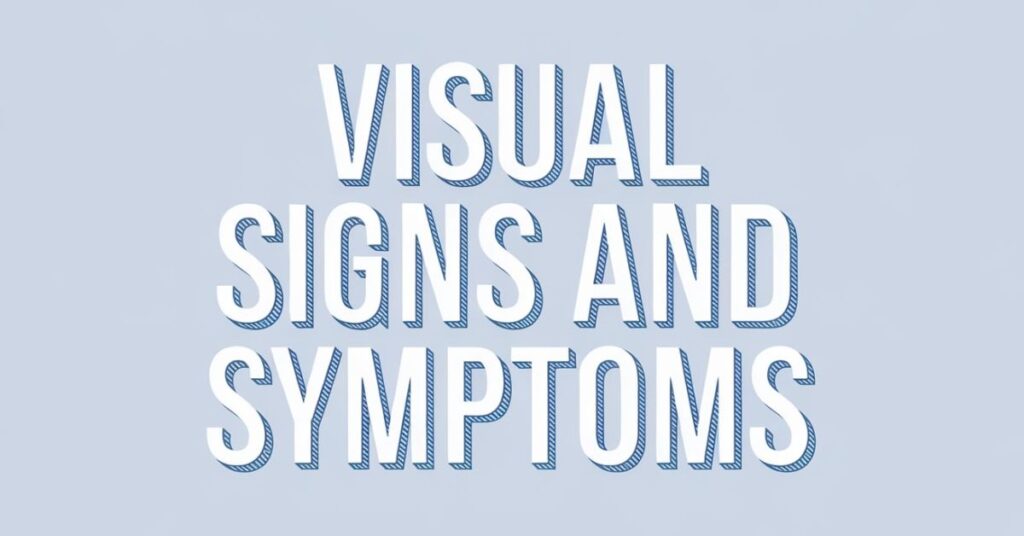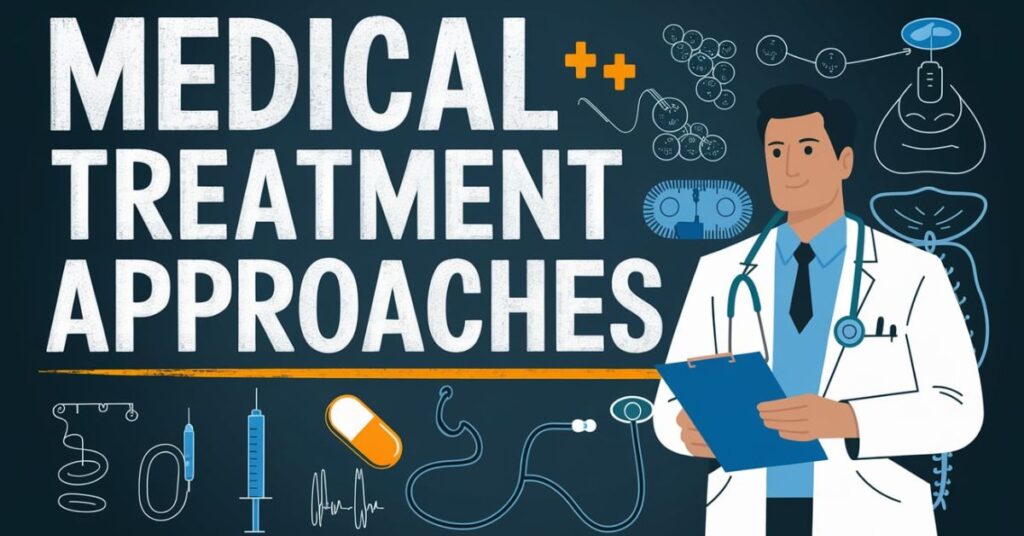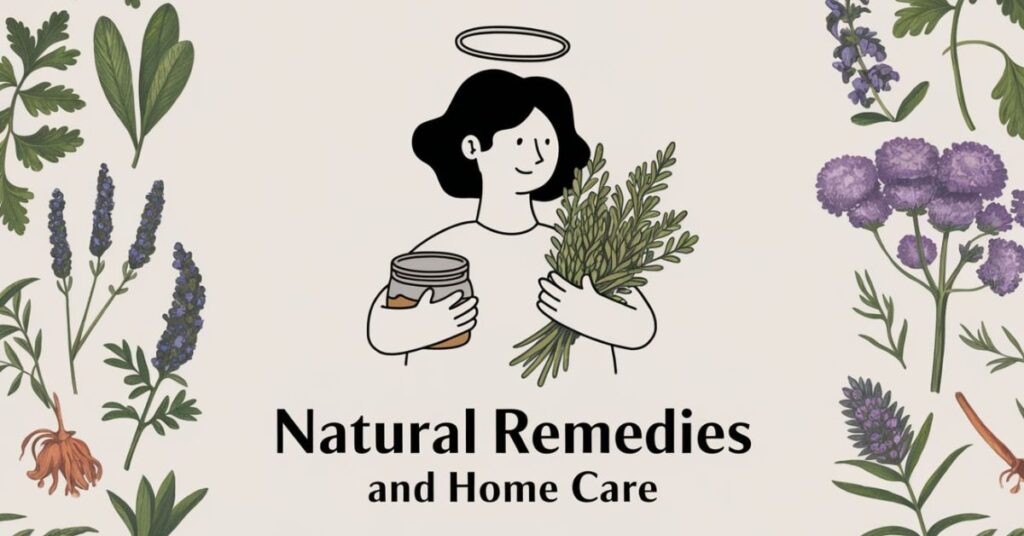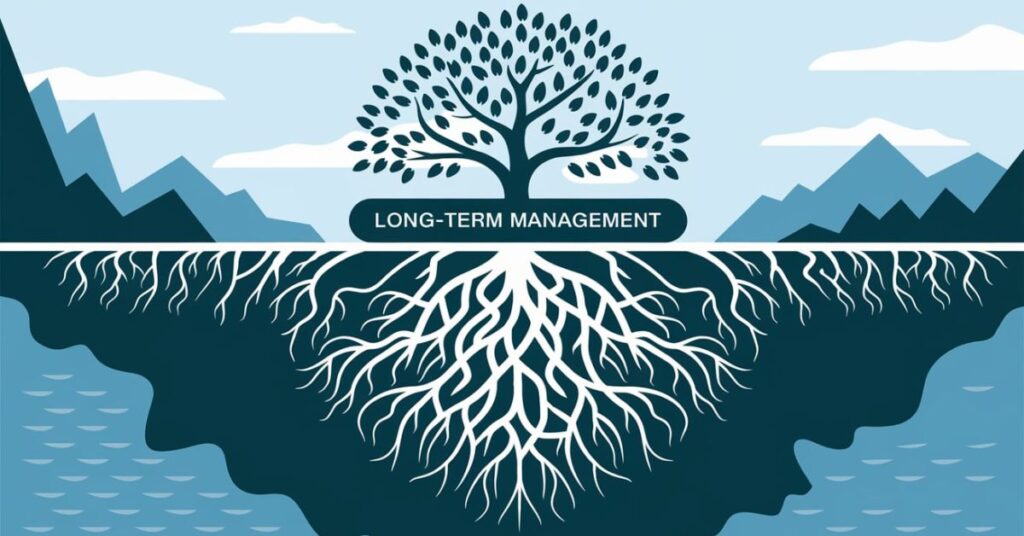External hemorrhoids can turn everyday activities into uncomfortable challenges ,living with hemorrhoids is challenging. These swollen blood vessels around the anus affect millions worldwide, causing pain and worry for those experiencing them.
The sight of external hemorrhoids often causes immediate concern, leading many to seek quick solutions. These visible bumps appear outside the anal opening, making them easier to spot but sometimes more challenging to treat effectively.
When you understand what external hemorrhoids look like and how to address them, you’re better equipped to handle the situation. Let’s explore comprehensive information about identifying and treating this common yet bothersome condition.
Understanding External Hemorrhoids
External hemorrhoids develop as swollen veins under the skin around the anus. These inflamed vessels can cause significant discomfort and often appear as soft, purple-colored lumps varying in size from small bumps to larger protrusions.
The location of external hemorrhoids makes them particularly troublesome during daily activities. Sitting, walking, or even basic hygiene routines can become painful when these swollen vessels are present and inflamed.
Many people develop external hemorrhoids due to increased pressure in the lower rectum. This pressure often results from straining during bowel movements, prolonged sitting, or pregnancy-related changes in the body.
Visual Signs and Symptoms

External hemorrhoids typically appear as raised bumps around the anus, ranging from flesh-colored to dark purple. The color variation often depends on the severity and whether blood clots have formed within the hemorrhoid.
When thrombosis occurs, external hemorrhoids become particularly painful and take on a darker blue or purple appearance. These thrombosed hemorrhoids often require immediate medical attention due to their severe discomfort levels.
The surrounding skin might show signs of irritation, appearing red or inflamed. Regular monitoring helps track changes in appearance and alerts you when medical intervention becomes necessary.
Common Symptoms You’ll Notice
- Sharp pain or severe discomfort around the anal area
- Visible swelling and lumps that feel tender to touch
- Itching and burning sensations that worsen after bowel movements
- Bleeding during wiping, especially with harder stools
- Difficulty sitting comfortably for extended periods
Medical Treatment Approaches

Professional Diagnosis
Doctors typically perform a physical examination to confirm external hemorrhoids. This examination helps determine the severity and best treatment approach for your specific situation.
The healthcare provider will check for signs of complications or other conditions. Understanding your medical history and current symptoms helps create an effective treatment plan.
Early diagnosis often leads to better treatment outcomes. Don’t hesitate to seek medical attention when symptoms first appear or worsen unexpectedly.
Non-Surgical Options
Doctors might recommend prescription-strength creams or ointments. These medications often provide stronger relief than over-the-counter options for managing pain and inflammation.
Medical professionals can perform rubber band ligation for certain cases. This procedure helps shrink hemorrhoids by cutting off their blood supply, though it’s more commonly used for internal hemorrhoids.
Infrared coagulation offers another non-surgical treatment option. This technique uses infrared light to create scar tissue, reducing hemorrhoid size and discomfort.
Surgical Treatments
Surgery becomes necessary when conservative treatments fail to provide relief. Hemorrhoidectomy removes the affected tissue completely, offering a long-term solution.
The recovery period after surgery requires careful attention to hygiene and activity levels. Most patients return to normal activities within 2-3 weeks following the procedure.
Post-surgical care instructions help prevent complications and ensure proper healing. Following these guidelines carefully improves recovery outcomes significantly.
Immediate Relief Methods
| Treatment Type | Benefits | Duration of Relief |
| Sitz Bath | Reduces inflammation | 15-20 minutes per session |
| Ice Packs | Numbs pain and shrinks swelling | 10-15 minutes at a time |
| OTC Creams | Soothes itching and burning | Apply 2-4 times daily |
| Witch Hazel | Natural astringent properties | Use after each bowel movement |
| Pain Relievers | Reduces overall discomfort | As directed on package |
Prevention Strategies
Maintaining regular bowel movements helps prevent external hemorrhoids. High-fiber diets and adequate water intake contribute to softer stools that pass more easily.
Exercise promotes better circulation and helps maintain healthy bowel function. Regular physical activity also helps manage weight, reducing pressure on anal blood vessels.
Avoiding prolonged sitting and practicing good bathroom habits prevent unnecessary strain. These simple lifestyle changes significantly reduce the risk of developing hemorrhoids.
Natural Remedies and Home Care

Dietary Adjustments
Increasing fiber intake naturally softens stools and reduces straining. Aim for 25-35 grams of fiber daily through fruits, vegetables, and whole grains.
Staying well-hydrated helps prevent constipation and maintains soft stools. Drinking at least eight glasses of water daily supports healthy bowel movements.
Adding natural anti-inflammatory foods to your diet can help reduce swelling. Foods rich in flavonoids and omega-3 fatty acids provide particular benefits.
Lifestyle Modifications
Regular exercise improves circulation and helps maintain healthy bowel movements. Even moderate activity like walking can make a significant difference.
Avoiding prolonged sitting periods reduces pressure on anal vessels. Use a donut cushion when extended sitting cannot be avoided.
Good bathroom habits include not straining and limiting time on the toilet. These practices help prevent unnecessary pressure on anal blood vessels.
When to Seek Medical Help
- Severe pain that doesn’t improve with home treatment
- Heavy bleeding or blood clots appearing frequently
- Signs of infection like fever or increased swelling
- Hemorrhoids that don’t improve after a week of home care
- Development of hard, painful lumps around the anus
Long-Term Management

Developing healthy habits helps prevent recurrence of external hemorrhoids. Regular exercise, proper diet, and good hygiene form the foundation of prevention.
Monitoring symptoms and addressing them early prevents complications. Quick response to initial signs often leads to faster resolution of symptoms.
Understanding your personal triggers helps avoid future flare-ups. Keep track of activities or foods that seem to worsen symptoms.
Read this Blog: Headaches Behind Right Eye: A Complete Guide
Final Insights
Managing external hemorrhoids requires a comprehensive approach combining immediate relief measures with long-term prevention strategies. Understanding the condition helps you take appropriate action when symptoms arise.
Successful treatment often involves both medical interventions and lifestyle changes. Working with healthcare providers while maintaining healthy habits offers the best outcomes.
Remember that most cases of external hemorrhoids can be effectively managed and prevented. Stay consistent with prevention methods and don’t hesitate to seek medical help when needed.
Frequently Asked Questions
How long do external hemorrhoids typically last?
Without treatment, they usually last 1-2 weeks, but with proper care, relief can come sooner.
Can external hemorrhoids go away on their own?
Yes, mild cases often resolve naturally with proper home care and lifestyle adjustments.
When should I worry about bleeding?
Seek immediate medical attention if bleeding is heavy or accompanied by severe pain.
Are external hemorrhoids dangerous?
While uncomfortable, they rarely pose serious health risks but should be monitored for complications.
Can exercise help prevent external hemorrhoids?
Yes, regular physical activity improves circulation and helps maintain healthy bowel function.

Zade Smith is a Proficient writer on TechsBlip, dedicated to delivering high-quality content that bridges the gap between medical research and accessible, reader-friendly guidance. With a keen interest in promoting healthy lifestyles and disease prevention, Zade’s writing offers expert insights, actionable tips, and evidence-based information to help readers make informed decisions about their health and wellness

